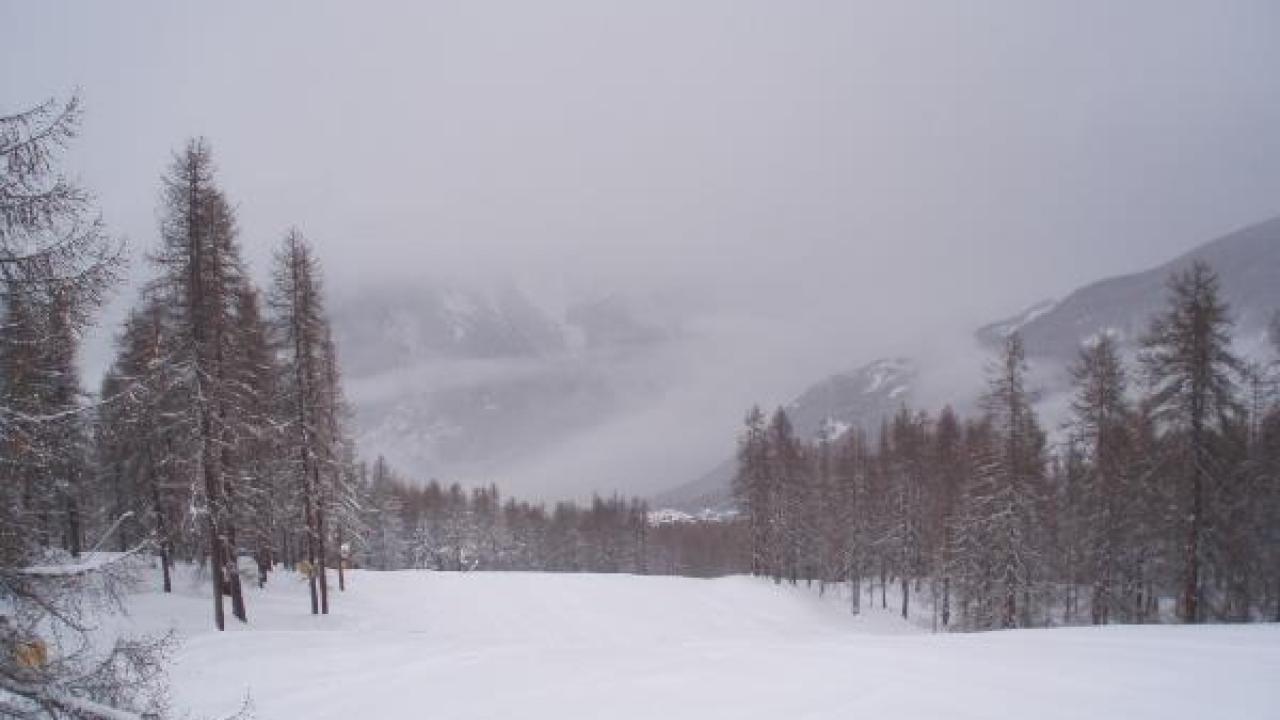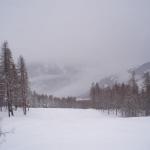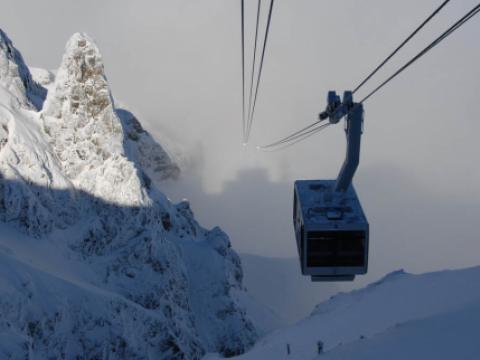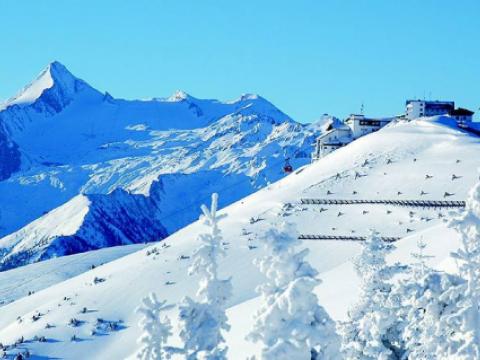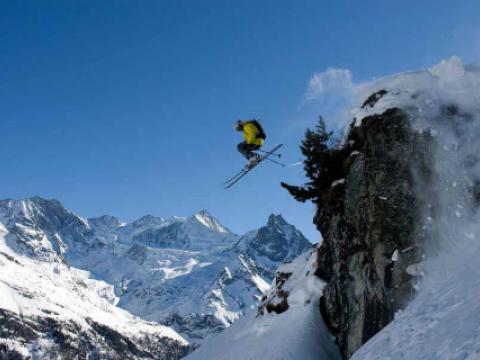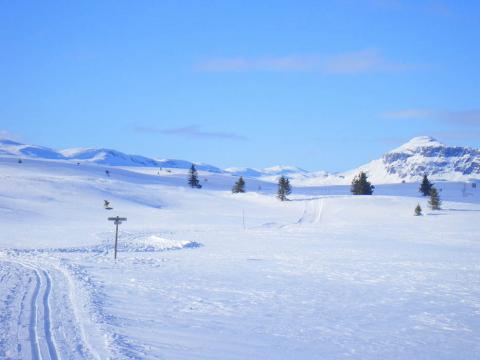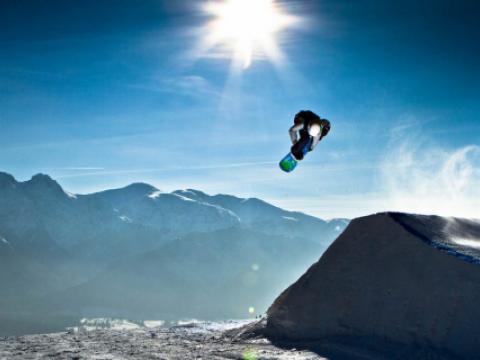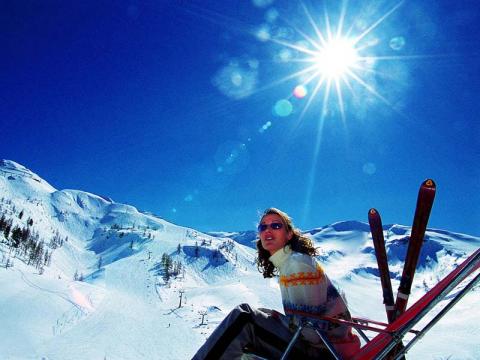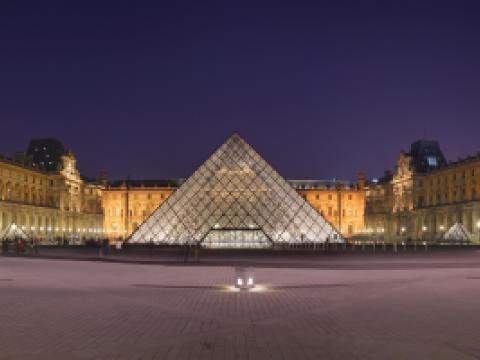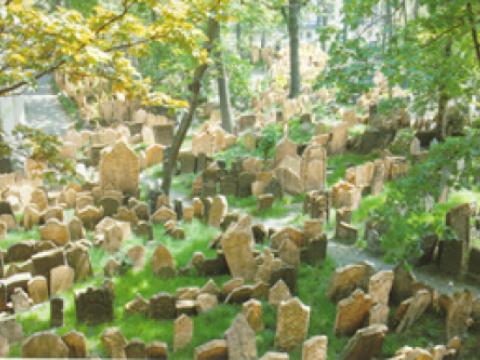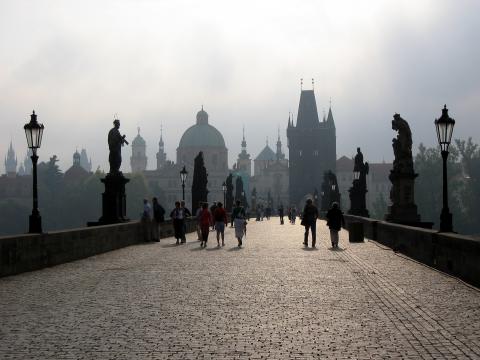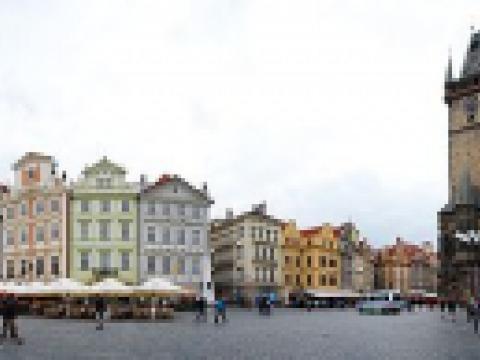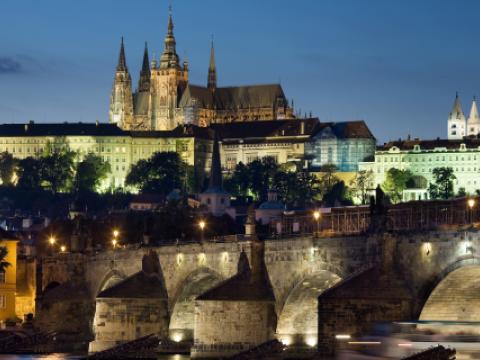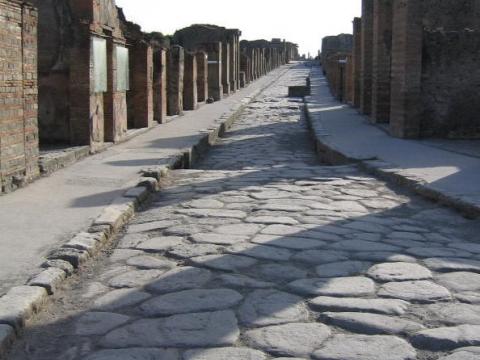Location
Sauze d'Oulx, pronounced Sow-zee-doo was one of the most successful Italian ski resorts on the 1970s and '80s, expanding rapidly. Located on a high sunny 'balcony' in the Susa Valley, the resort is surrounded by larch forest above. The trails cut down through this natural amphitheatre have an excellent snow record. Its success resulted from its large and varied ski area, linked to Sestrière, its lively night life and reasonable prices. The resulting growth has led to the construction of a large number of rectangular concrete apartment blocks, mirroring its French partner, Montgènevre, now lift-linked to Sauze at the other end of the long Milky Way circuit. Although Sauze still has a delightful ancient heart of stone buildings, narrow streets and a cobbled square with water fountain, as well as locals prepared to dress in traditional attire for ancient festivals, these are all somewhat swamped by the newer developments all around. In the 1990s Sauze d'Oulx has matured to some extent, and although the resort is still one of the liveliest ski centres in the world, the occasionally unpleasant 'rowdy' element has moved on. It remains a very popular destination none the less, with most of the major international tour operators including it in their resort lists. Skiing has been popular here for over a century and world champions like Piero Gros, a gold medalist of the 1976 Olympics, have been based here. Skiing first began on the local slopes at the end of the last century when a Swiss engineer, Adolfo Kind, taught skiing to locals and guests using wooden boards strapped to the feet.
BASE: 4534ft
SUMMIT: 8861ft
VERTICAL DROP: 4327ft
NO. OF. LIFTS: 67
Gondolas: 6
Chairs: 32
Surface: 29
DAY PASS ADULTS weekday: €34.00
DAY PASS CHILDREN weekday: €5.00
We recommend to confirm the latest prices from the resorts website as the prices might have changed after last update.







